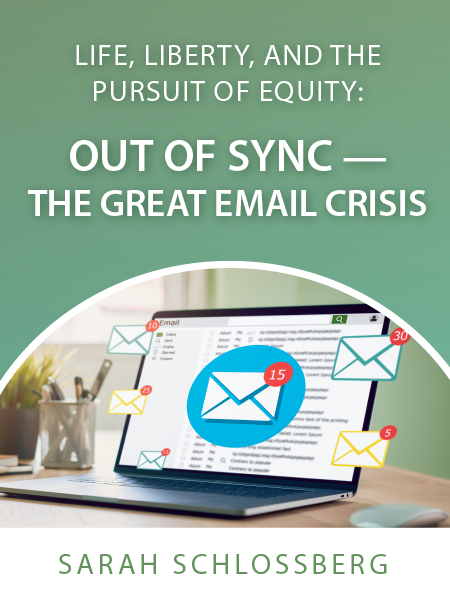In the spring of 1851, the Great Exhibition of the Works of Industry of All Nations, an event now known as the first World’s Fair, opened in Hyde Park, London. Hundreds of thousands of people from all across the world flocked to the Great Exhibition, including the most famous intellectuals of the Victorian Era—Charles Darwin, Karl Marx, Lewis Carroll, and Charles Dickens, just to name a few. The Great Exhibition was conceived by Queen Victoria and Prince Albert as a way for countries to share the most innovative technological and scientific innovations of the time that would propel the world into a better future. And also, as a way to humble brag about Britain’s own inventions.
One of the most revolutionary contraptions showcased at the Great Exhibition, sure to make other countries green with envy, was Frederick Collier Bakewell’s “Image Telegraph.” The Image Telegraph involved writing on a piece of metal foil, then wrapping the foil around a rotating cylinder where it was read by a metal stylus. This process created a current that would transmit that message to a receiver with a similar stylus and—voila!—a copy of the message was created by the receiving machine.1 Despite the fanfare associated with Bakewell’s rudimentary fax machine, it turned out to be a commercial flop, in part because the cylinders and styli on both ends often went out of sync. Quite apropos for a machine that ushered in asynchronous communication.
For millennia, humans had been required to communicate either synchronously (in person) or asynchronously via pigeon or “snail mail” which, as the nickname suggests, often led to a significant lag time. Bakewell’s Image Telegraph embodied the idea that messages could be sent and received in real time, but responded to at one’s leisure. The convenience of asynchronous communication hooked humanity. But at what cost? Email, the mischievous successor to the fax machine, triggered a communication tsunami. As Cal Newport, a professor of Computer Science at Georgetown University, and author of A World Without Email, observed, “The dream of replacing the quick phone call with an even quicker email message didn’t come to fruition; instead, what once could have been resolved in a few minutes on the phone now takes a dozen back-and-forth messages to sort out.”2
Society in general, and the legal market in particular, are confronting an email crisis. Those who were treading water to stay afloat before the pandemic are absolutely drowning in email now. Virtual and hybrid work environments forced many to communicate completely asynchronously. With each ping of an email alert, we lose focus and time. When instructions or tone are unclear, another email needs to be sent. There’s also the mental toll that is occasioned by waiting for a response—did that person receive the email, are they on top of the assignment, will I forget to follow up if they don’t respond?
The Practical Lawyer
CLICK HERE to read the full article, which was originally published in ALI CLE’s The Practical Lawyer.
Subscribe to the print or digital version of The Practical Lawyer today.


